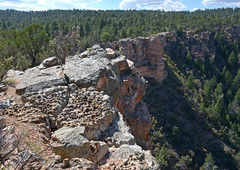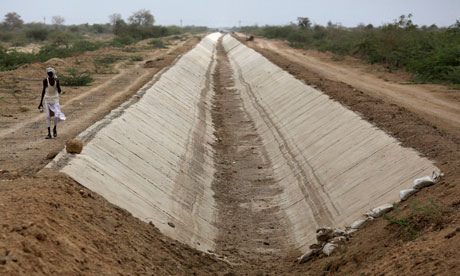60 million -year debate on Grand Canyon's age...
| Grand Canyon National Park: Kaibab Formation 8901 (Photo credit: Grand Canyon NPS) |

Richard Perry/The New York Times
The new research into the age of the Grand Canyon used a dating technique based on the radioactive decay of uranium and thorium atoms.
How old is the Grand Canyon? Old enough to be gazed on by dinosaurs, which died out 65 million years ago, or closer to six million years old, formed about when the earliest human ancestors began walking upright?
A bitter controversy among geologists over this question edged into the open on Thursday, when a report published in the journal Science offered new support for the old-canyon hypothesis, which is not the prevailing one. In the report, Rebecca M. Flowers of the University of Colorado and Kenneth A. Farley of the California Institute of Technology used an improved dating technique based on the radioactive decay of uranium and thorium atoms into helium atoms in a mineral known as apatite. They said this yielded a thermal record of these rocks under the canyon floor, hot at great depths but cooler the closer they were to the surface.
An analysis of the data, the geologists said, revealed where surface erosion had gouged out canyons and how much time had passed since there was significant natural excavation in the Grand Canyon region. They concluded in the report that the western segment of the canyon was carved to within a few hundred yards of modern depths by about 70 million years ago.
http://www.nytimes.com/2012/11/30/science/earth/study-sees-older-grand-canyon-stirring-controversy.html?_r=0
Ecospree.com




















































